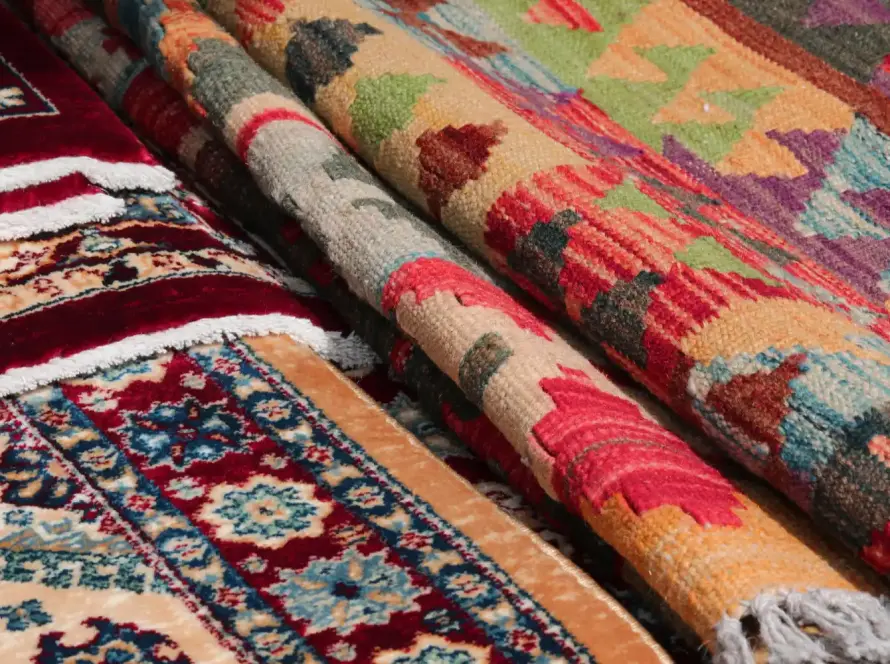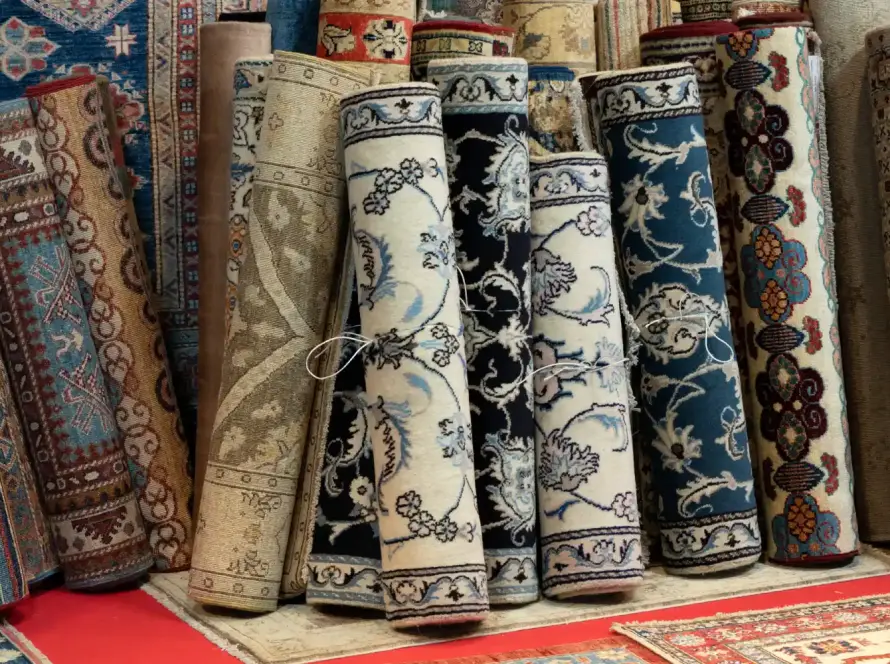From the vibrant Atlas Mountains to today’s digital realm, Berber design showcases a unique journey of cultural evolution. You’ll see how traditional patterns, rich in history and crafted with natural materials, blend with modern aesthetics, appealing to global audiences. Influencers and digital platforms elevate Berber motifs, creating a resurgence of interest. This dynamic fusion not only celebrates heritage but also redefines identity in contemporary fashion. Continue exploring the fascinating transformation of this timeless art form.
The Rich Heritage of Berber Design
Berber design isn’t just a style; it’s a vibrant tapestry woven from centuries of history and culture. You’ll find that its roots stretch deep into the Atlas Mountains, reflecting the rich heritage of the Berber people. Each pattern and color serves a purpose, often conveying stories of tribal identity and social status, which highlights its cultural significance. As you explore this design, consider the historical context surrounding its evolution, shaped by nomadic lifestyles and local traditions. The intricate motifs and bold hues reveal a connection to the land, climate, and community. This heritage isn’t merely aesthetic; it’s a living expression of resilience and identity that continues to inspire modern interpretations and adaptations, ensuring its legacy endures.
Traditional Techniques and Materials
The artistry of Berber design is deeply intertwined with traditional techniques and materials that have been passed down through generations. You’ll find that artisans often utilize natural dyes sourced from plants, minerals, and insects, creating a vibrant palette that reflects the landscape of the Atlas Mountains. These dyes not only enhance the visual appeal but also connect the pieces to the earth. As you observe their weaving patterns, you’ll notice intricate geometric designs that tell stories and symbolize cultural beliefs. Each rug or textile embodies meticulous craftsmanship, with techniques that require years of mastery. By embracing these traditional methods, Berber artisans preserve their identity while showcasing the beauty and significance of their heritage in an ever-evolving world.
The Influence of Modernity on Berber Aesthetics
As modern influences seep into the realm of traditional crafts, the aesthetics of Berber design are undergoing a fascinating transformation. You’ll notice an aesthetic fusion where vibrant tribal patterns merge with minimalist designs, creating a fresh visual language. Artisans are experimenting with color palettes that reflect contemporary tastes while still honoring their roots. This blend not only appeals to global audiences but also revitalizes traditional craftsmanship, making it relevant today. The incorporation of modern materials and techniques challenges conventions, leading to innovative expressions of identity. As you explore these evolving designs, you’ll see how Berber artistry is adapting without losing its essence, showcasing a beautiful dialogue between heritage and modernity that continues to inspire.
Berber Design in Contemporary Fashion
Contemporary fashion is embracing Berber design elements in a way that celebrates both heritage and innovation. Designers are integrating traditional Berber patterns into modern silhouettes, creating a unique blend that resonates with diverse audiences. You’ll find this fusion in various collections, showcasing the vibrant colors and intricate motifs that tell stories of the past.
- Collaborative pieces with renowned fashion houses
- Eco-friendly materials inspired by Berber craftsmanship
- Unique accessories featuring traditional weaving techniques
- Streetwear that incorporates bold Berber graphics
- Limited edition items that highlight cultural significance
These fashion collaborations not only promote cultural appreciation but also elevate Berber design, making it a prominent force in today’s fashion landscape. You can truly see how these elements connect the past with the future.
Digital Platforms and the Global Reach of Berber Motifs
In today’s interconnected world, digital platforms have become powerful vehicles for spreading the rich tapestry of Berber motifs far beyond their geographic origins. You’ll find these intricate designs showcased across social media, captivating audiences and inspiring a new generation of artists and designers. Platforms like Instagram and Pinterest allow for the seamless sharing of Berber aesthetics, fostering global collaborations that blend traditional craftsmanship with modern interpretations. As influencers and creators adopt these motifs, they not only elevate Berber culture but also connect diverse communities through shared appreciation. This digital renaissance transforms how you perceive Berber art, making it accessible and relevant in contemporary discourse, while preserving its rich heritage for future generations.
Frequently Asked Questions
What Are the Key Symbols in Traditional Berber Designs?
In traditional Berber designs, you’ll find rich Berber symbolism expressed through geometric motifs. These patterns reflect nature, fertility, and protection, showcasing the culture’s deep connection to their environment and beliefs, enriching their vibrant artistic heritage.
How Do Berber Designs Vary Across Different Regions?
Berber designs vary significantly across regions due to unique regional influences and design techniques. You’ll notice bold colors in the south, while the north showcases intricate patterns, reflecting distinct cultural identities and historical contexts.
Are There Specific Colors Used in Berber Textiles?
Yes, in Berber textiles, you’ll see traditional color palettes reflecting nature. Each hue carries color symbolism—reds symbolize courage, blues signify protection, and greens represent fertility. These choices connect deeply to cultural identity and heritage.
What Is the Significance of Weaving Patterns in Berber Culture?
Weaving patterns in Berber culture reflect deep cultural identity, showcasing unique techniques passed down through generations. You’ll find each design narrates stories of heritage, beliefs, and community, connecting the past with contemporary expressions of artistry.
How Can I Identify Authentic Berber Craftsmanship?
To identify authentic Berber craftsmanship, look for traditional techniques combined with modern adaptations. Examine the weaving quality, unique patterns, and natural dyes; these elements reflect the culture’s heritage and dedication to preserving their art form.

